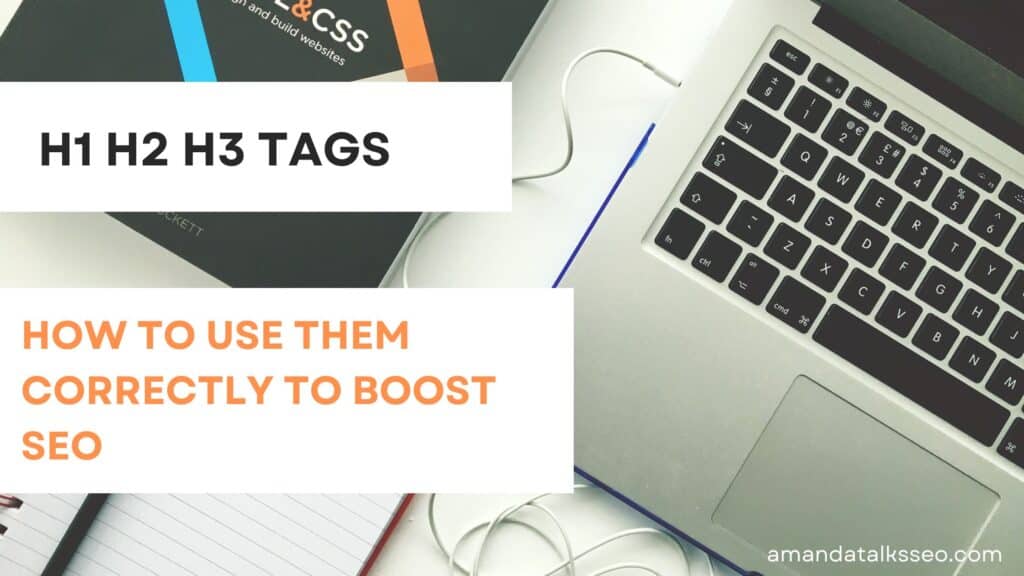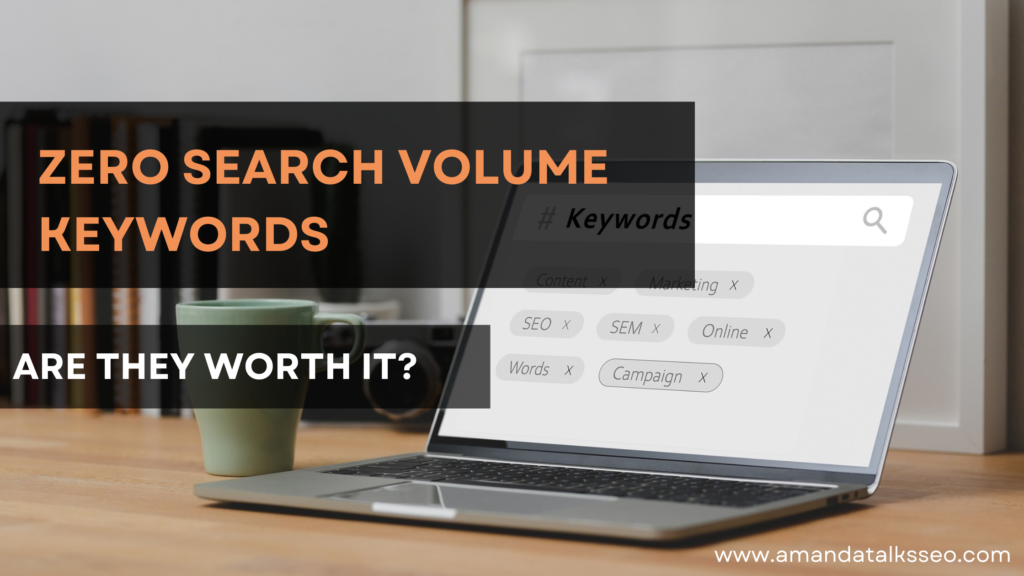Learning how to use h1 h2 h3 tags for seo is probably one of the easiest ways to increase your rankings in SERPs.
And while they are highly beneficial for SEO, they’re also very easy to misuse.
In this guide, we will explore:
- How to use H1, H2, and H3 tags for SEO
- How to use H1, H2 and H3 tags in wordpress
- Best practices for choosing the right tag for each section, and
- Common mistakes to avoid.
So whether you’re new to SEO or looking to optimize your website, this guide will provide you with the knowledge and tools you need to effectively use H1, H2, and H3 tags for SEO.
Table of Contents
What are h1 h2 h3 Tags?
H1, H2, and H3 tags are HTML elements used to structure web page content.
These tags are known as “heading tags” and are used to indicate the importance of the content they contain.
The H1 tag is typically used for the main title of a page and is considered the most important heading.
H2 tags are used for section headings within the content, and H3 tags are used for subsection headings.
Here’s a practical example:
H1 tag:
The H1 tag should be used for the main title of the page, and it should be descriptive and concise.
For example, if you’re writing a blog post about “The Benefits of Yoga,” your H1 tag could be “The Top 10 Benefits of Practicing Yoga.”
H2 tag:
H2 tags should be used for section headings within the content.
So, if you’re writing about the benefits of yoga, you might use H2 tags for sections like “Improved Flexibility” or “Reduced Stress and Anxiety.”
H3 tag:
H3 tags should be used for subsection headings within the content.
For example, under the “Improved Flexibility” section, you might use H3 tags for specific poses or stretches, such as “Downward-Facing Dog” or “Standing Forward Fold.”
Just take a look at this blog and see how heading tags were used.
How Do H1, H2, and H3 tags Impact SEO?
Keyword Optimization:
Using relevant keywords in heading tags can signal to search engines the topic and focus of the content on the page.
However, it’s important to use keywords naturally and not to overuse them, as this can be seen as spammy and hurt your SEO efforts.
Readability and User Engagement:
Proper use of heading tags can improve the readability of your content, making it easier for users to scan and find what they’re looking for.
This can lead to increased user engagement, such as longer time on site and lower bounce rates, which are factors that search engines take into account when determining search rankings.
Accessibility:
Proper use of heading tags can also improve the accessibility of web content for users with disabilities.
For example, screen readers often use heading tags to navigate content, so using them correctly can make your content more accessible to those users.
How To Use h1 h2 h3 Tags for SEO
To ensure the best SEO practices and to optimize web content for both search engines and users, it’s important to use H1, H2, and H3 tags correctly.
In this section, we will discuss the best practices for using H1, H2, and H3 tags for SEO, including:
- how to choose the right tag for each section
- proper placement of tags within the content and
- formatting guidelines to follow
By following these best practices, you can improve the SEO of your website and make your content more accessible and engaging for users.
12 Best Practices For Using H1, H2, and H3 Tags for SEO
1. Use H1 Tags for the Main Title of the Page:
The H1 tag should only be used once per page and should contain the main focus or theme of the content.
2. Use H2 Tags for Section Headings:
H2 tags should be used for the main sections of the content, and they should be descriptive and relevant to the topic of the page.
It’s important to use H2 tags to break up the content into easily digestible sections for readers.
3. Use H3 Tags for Subsections:
H3 tags should be used for subsections that fall under the main sections i.e. H2 tags.
These subsections should be related to the section heading (h2 tags) and should provide more detail or examples related to the topic.
4. Don’t Skip Heading Levels:
It’s important to follow a logical hierarchy of heading tags, starting with H1 for the main title and using subsequent tags in descending order of importance (H2, H3, etc.).
Avoid skipping heading levels, as this can confuse readers and search engines.
5. Use Semantic Markup:
When choosing heading tags, it’s important to use semantic markup that accurately reflects the content and purpose of each section.
This means using headings that describe the content and help to organize it, rather than using headings for stylistic purposes.
6. Don’t Overuse Heading Tags:
It’s important not to overuse heading tags, as this can make the content look spammy and hurt your SEO efforts.
Stick to using heading tags only where they are necessary to provide structure and organization to the content.
7. Use White Space:
Proper use of white space can make your content more visually appealing and improve the readability of your heading tags.
It’s important to leave enough white space around each heading tag to make it stand out and separate it from the surrounding content.
8. Use Descriptive Text:
It’s important to use descriptive text in your heading tags to accurately reflect the content of the section.
Avoid using vague or generic headings that don’t provide any context or information about the content.
9. Keep it Concise:
Keep your heading tags concise and to the point.
Long headings can be overwhelming for readers and can hurt your SEO efforts.
10. Use Proper Capitalization:
Use proper capitalization for your heading tags.
Generally, the first letter of each word in the heading should be capitalized, except for articles, prepositions, and conjunctions.
11. Use Consistent Formatting:
Use consistent formatting for your heading tags throughout the page.
This includes using the same font, size, and color for all heading tags.
12. Use CSS to Style Your Headings:
Use CSS to style your heading tags, rather than using inline styles.
This makes it easier to make changes to the styling of your heading tags across your entire website.
How to Use h1 h2 h3 Tags in WordPress
Using H1, H2, and H3 tags in WordPress is relatively easy.
Step 1: Log in to your WordPress dashboard and navigate to the post or page you want to edit.
Step 2: Highlight the text that you want to format with a heading tag.
Step 3: Click on the drop-down menu in the formatting toolbar and select the appropriate heading tag (H1, H2, H3, etc.) for the selected text.
Step 4: Repeat this process for each section of your content that requires a heading tag.
Step 5: Before publishing your content, preview it to ensure that the heading tags are properly formatted and structured.
Step 6: Once you’re satisfied with the formatting of your content, save it and publish it.
In addition to using heading tags in your content, it’s also important to ensure that your theme is properly formatted to display heading tags.
Most modern WordPress themes are designed to display heading tags in a logical hierarchy, but it’s always a good idea to double-check to ensure that your theme is properly configured.
Common Mistakes to Avoid When Using H1, H2, and H3 Tags for SEO
- Using multiple H1 tags
- Overusing heading tags
- Using vague or generic headings
- Skipping heading levels
- Using heading tags for stylistic purposes
- Not using semantic markup
if you’re looking for even more ways to boost your website’s search engine rankings, contact me.
Our expert team can help optimize your website, improve your online visibility, and drive more traffic to your business.
Don’t wait, start optimizing today


